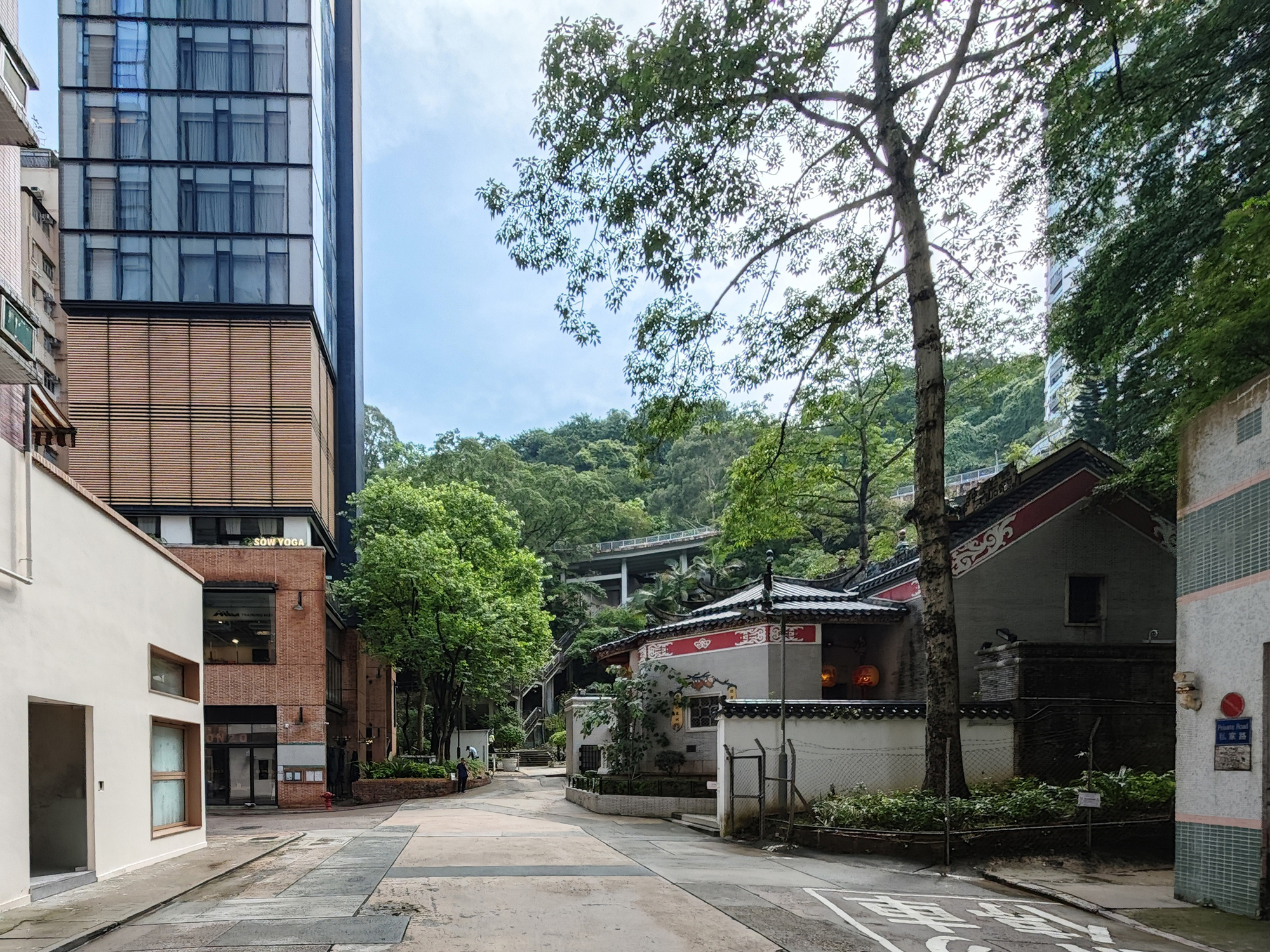
"Vernacular architecture in Hong Kong originated as a series of small, coastal settlements that reflected the city's early identity as a fishing hub."
"Historically, Hong Kong's vernacular architecture developed organically around waterways, often through informal or squatter settlements, leading to unique rural enclaves."
"In Tai Hang, Hakka villagers constructed modest wooden homes along the riverbanks, forming one of the region's earlier rural enclaves now highlighted by contrasting architectures."
"Tai Hang presents a rare architectural dialogue between traditional, low-rise forms and contemporary high-rises, illustrating cultural continuity amid urbanization."
Vernacular architecture in Hong Kong began with small coastal settlements that mirrored the city’s identity as a fishing hub. Tai Hang, established by the Hakka people, exemplifies this history, originally located near water and known as a washing site. Informal settlements shaped Hong Kong's architecture, with villagers constructing wooden homes near waterways. While many early structures have been integrated into the urban landscape, Tai Hang retains some historical buildings. Today, it contrasts traditional forms with modern skyscrapers, embodying a unique dialogue between past and present in a rapidly urbanizing environment.
Read at ArchDaily
Unable to calculate read time
Collection
[
|
...
]